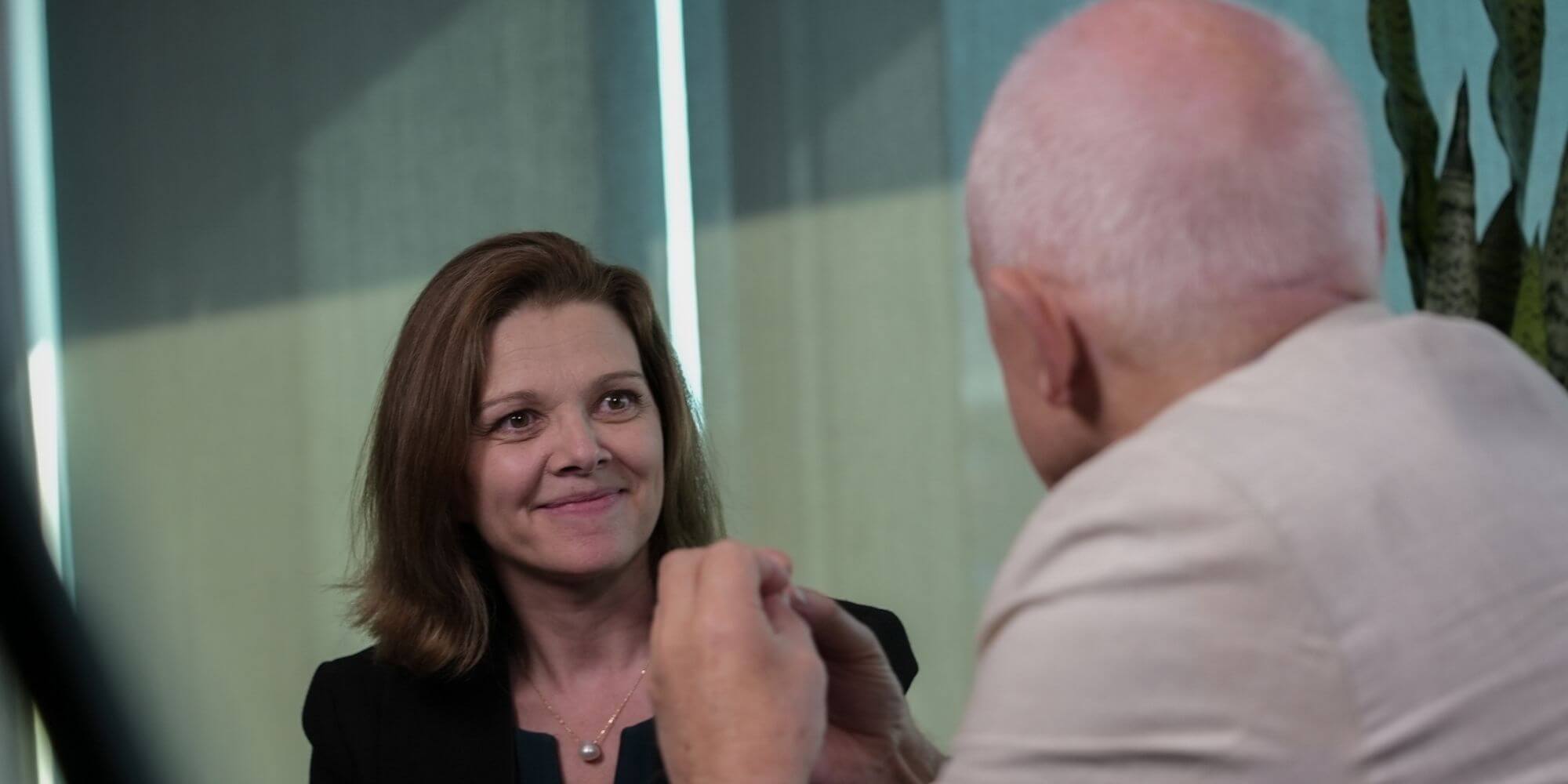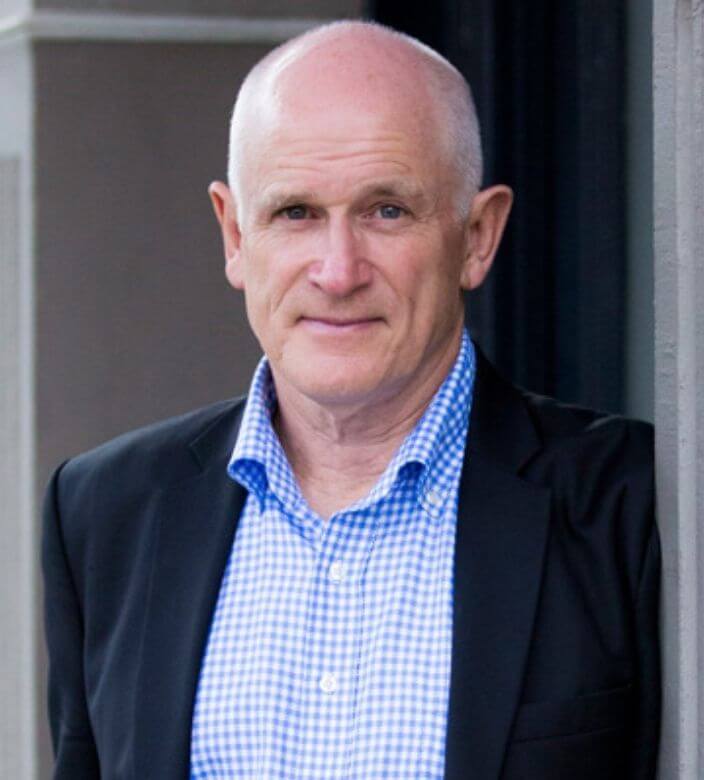As a former auditor and now Deloitte’s CFO, Jody Burton has a unique perspective in witnessing the finance role evolve from cost containers to digital-first and data-driven business enablers.
Speaking at ADAPT’s CFO Edge, Senior Analyst, Peter Hind, Jody discusses the metrics she leverages to identify new opportunities for customer service delivery, national commercial competitiveness, and collaborative solutions with alliance partners.
In her explanation, she separates the metrics into three categories: growth, transformation, and service excellence.
To name a few, these include market share, utilisation, and new services offered. Each organisational department can determine their metrics in alignment with this.
She communicates the value of data transformation to the rest of the organisation through language (‘enabling function’), insights-driven results, and constant informal communication with stakeholders.
Peter Hind:
Jody, you’re the CFO at Deloitte. Deloitte is a name we all know, but probably we don’t know the role you do or the dimensions of the business. Could you tell us a bit more about your role?
Jody Burton:
Thanks, Peter. Thanks for inviting me today. The CFO role at Deloitte, it’s very broad. When I was first provided with the opportunity, you tend to think quite narrow.
I’m an auditor by background. I grew up in the firm for the last 30 years and very much into the numbers.
I think very much about the debits and the credits. Oh gosh, my first thought was going back to the old debits and credits within the organisation, very inward-looking. It’s the opposite. It’s very outward-looking.
I see the CFO role as quite broad and an enabler to its growth and enabling its strategy.
Peter Hind:
It’s interesting, Jody because traditionally, the CFO has been almost the gatekeeper in an organisation. So, they were questioning the vitality of others. Have they thought through the numbers? Do they add up as much as they say?
Do you jettison that thinking if you embrace the new culture?
Jody Burton:
I tend to think of the role as it’s not much about the numbers. I was quite surprised when I first went into the accounting field. After that, it became less and less about the numbers and more about what was possible regarding the operations.
It’s still the same now.
We need to focus on the numbers, but I don’t make all the decisions. It’s about the diversity of thought at the table.”
It’s about being collaborative, and it’s talking to the business and partnering with them around the right solution for the benefit of the partnership and the benefit of our people and our clients.
Peter Hind:
Is it a collective responsibility?
Jody Burton:
It’s very collective.
Peter Hind:
Now, I’m interested in data because you told me about an audit background. I assume that you’re immersed in data. You love figures.
We’re talking here about driving a data-driven business. How have the demands of a data-driven business evolved from your audit days?
Jody Burton:
It’s interesting. It took me a while to make this realisation. Before I was the CFO, I was in the role of Chief Risk Officer for the firm for the last five years now.
What made me appreciate was data, where the data was, how to collate the data and the purpose.
It made me realise that people are at the apex of our organisation are professional services firm, but so is data.
Through my CRO role, I realised that I had much more visibility of what data was moving within the organisation from a cybersecurity perspective.
I had to understand where the data was, what it was being used for, and I began to appreciate data as an asset much more than perhaps I had previously.
Now, I see I have this lens that people are obviously at the centre of our organisation, but so is our data.”
All our leaders not only need to understand that they lead our people in the organisation, but they also have a role to play in leading our data, and owning our data, and making sure that we’re leveraging that as much as we do the human resource.

Peter Hind:
Jody, it’s interesting because you say a digital CFO, and you think digital. So, you associate technology, but you’re giving me a much broader perspective of what a digital CFO is in terms of the health of an organisation and the organisation’s metrics, all reflect an organisation that is digital and progressive, I suppose.
Jody Burton:
That’s exactly right because there’s a couple of things with data. One is how we can use the data to enable the business to execute its strategy to benefit our clients.
It’s more about the clients. What’s the need of the client in the market? What is the need of the nation?”
Indeed, part of our purpose is to make an impact that matters for our nation’s economic prosperity.
That’s at the core of everything we do. So how can we use the data that we have to ensure that our clients realise what they need to develop the nation’s economic prosperity simultaneously as we must then be more effective and efficient as an organisation at the centre?
There’s the efficiency and effectiveness in using the data, but there’s also ensuring that we optimise the opportunity for the nation and our clients.
Peter Hind:
I can’t help thinking as you were saying that you’re talking about having empathy with your clients and their requirements and then providing data that helps them in their jobs. It’s not an inner focus on data.
It’s very much external interactions with people.
Jody Burton:
Absolutely. That’s interesting. People think of the CFO role, and they think of data and think it needs to be an internal application.
I don’t think of it that way because I’ve got visibility of all the data effectively or the nature of our data.
You must think of the possibilities for the benefit of our entire ecosystem, quite frankly.”
It’s not our clients, which includes clients right from the government to many smaller not-for-profit organisations and the larger private sector, but our entire ecosystem, which includes our Alliance partners.
You’re thinking IBMs of the world, AWS, Salesforce, Oracle, et cetera. These are core ecosystem Alliance partners of ours. No longer can we assume that we hold all the answers or even hold the data to enable us to deliver our client solutions.
We must do those together with other market participants. The other market participants realise that as well. So, we need to come to the table to offer a solution together with other partners, and they have data assets. So, we need to find the right combination.
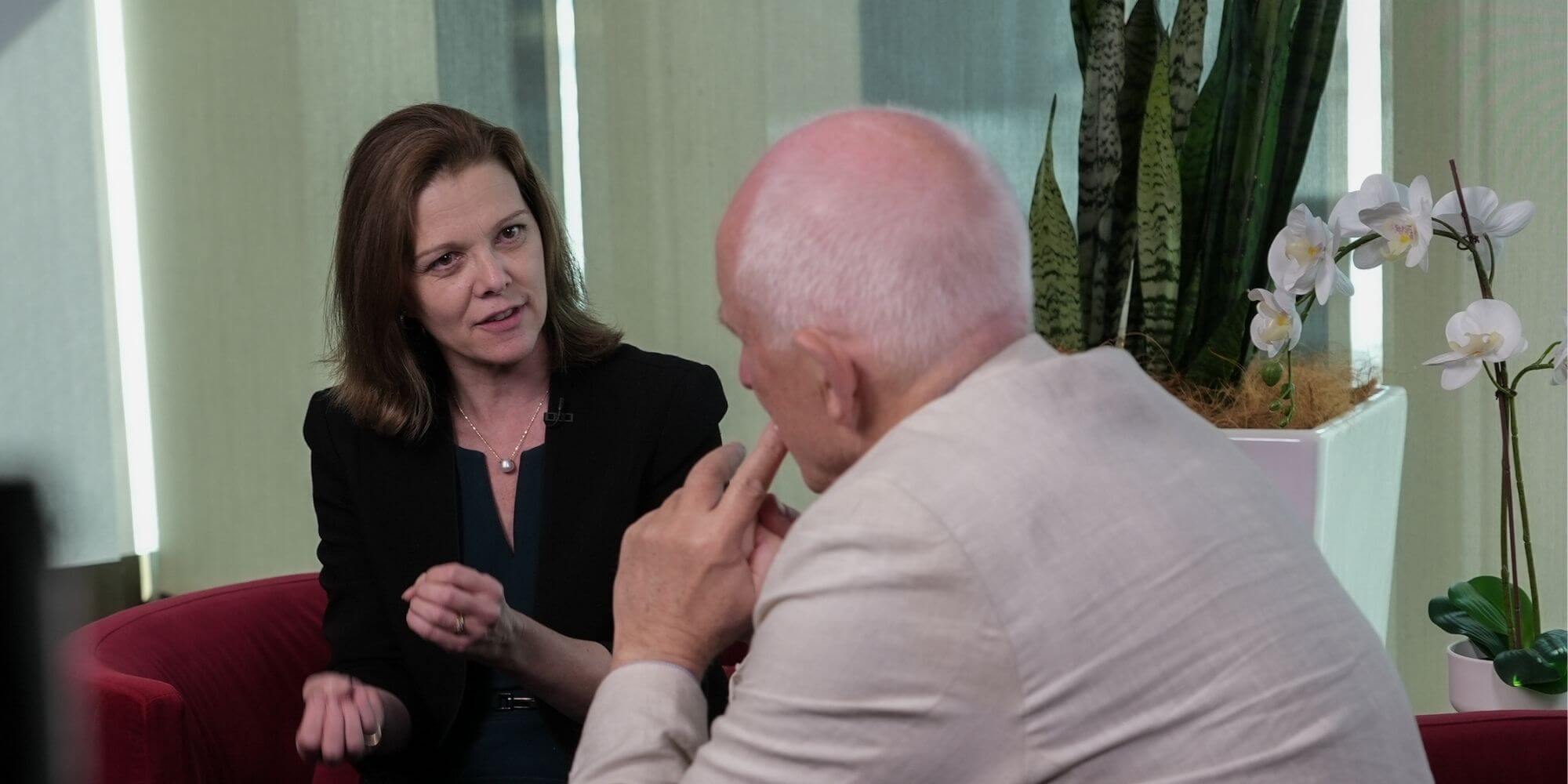
Peter Hind:
I like hearing that because I hear data sources in a data-driven business aren’t all internal. They’re external. You’ve got to know who can give you data to make you better.
Jody Burton:
No more the case than Deloitte Access Economics. Our economics practice was acquired many, many years ago now based in Canberra, but the amount of data they procure, not many from within the organisation.
That’s global data, not economic data, but all sorts of imports that they filter through and then obviously ensure that they’re producing the right product.
Peter Hind:
Talking about becoming a digital CFO, one of the challenges people talk to me about is how do the finance people impress others you contribute to the organisation?
Now I ask you this question, Jody, because I have a suspicion that your end-user community are quite knowledgeable, bright, educated people who might push back at people in finance telling them what’s going on.
Jody Burton:
They’re not backward in coming forward, that’s right. Some of the personalities that we have are part of the interesting part of the job.
I’m an auditor by background; as you say, I found the most enjoyable part of my role as an audit partner was able to go out to clients and interact with different people every day.
Some of those would be more challenging than others, and it’s no different from our organisation because 10,000 people are a microcosm of Australian society.”
So, we do have that, and they are a challenge, but a lot of it is in the language.
For example, we don’t call it a back office; it’s an enabling function. It’s an enabling area. Part of that lens is very much about. First, we must be able to show that value tangibly to the business. It’s also about relationships.
Having been within the firm for many years, I have relationships with the senior partners and the business leaders to trust in me to know that I will provide that value to them.
Then it also comes down to things as simple as language. We’re an enabling function that helps to enable the strategic outcomes of the business and the firm’s strategy.”
So, it’s a lot of the little things, but at the end of the day, the power is in the data and ensuring that we have the data scientists at the centre to provide the insights back to the business to make sure that they’re more effective.
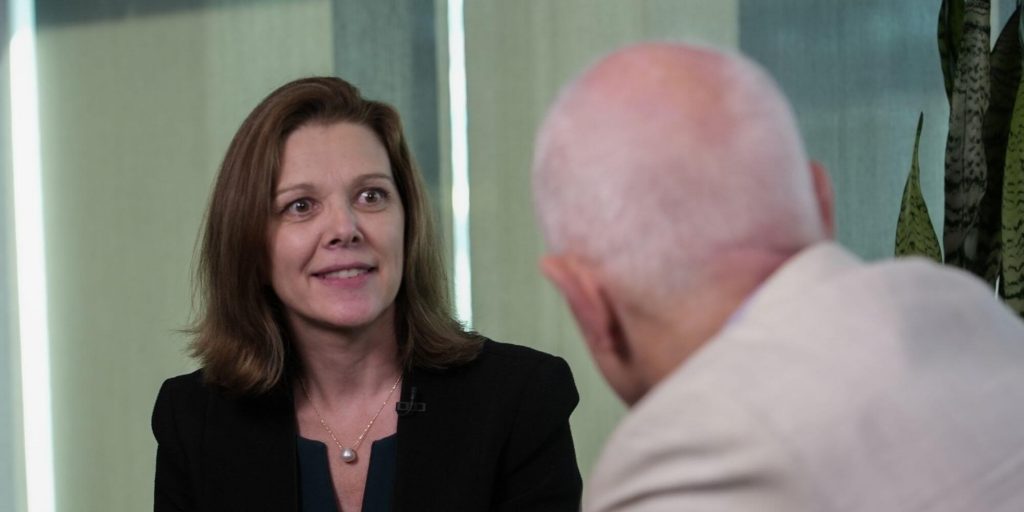
Peter Hind:
I also heard there, Jody, a lot of it’s the casual interactions with people; it’s not always formal meetings to get your point across. It’s lobbying people outside.
Those are the secrets of setting ideas for people.
Jody Burton:
Absolutely. I have some formal meetings, obviously, in the diary, but I tend to think most of my meetings are quite informal.
As I said, I never assume or presume that I can come to the table with all the answers. It was the same in my Chief Risk Officer role as well.
It’s about bringing the right people to the table to have the conversation to nut out the most optimal solution, whether it be for ourselves or our clients.
With the diversity of thought around the table and the data, you need both the human element and the data to develop the right solution.
The journey never ends, you know. So, I would say that we’re beginning a new digital transformation and data transformation, particularly for our Asia Pacific region and global firm. It’s exciting.
Peter Hind:
It’s exciting because you’re always learning, and learning gives you new insights, new knowledge that keeps things fresh.
That’s good. One of the things that the conference is about is the metrics we must manage the finance, business environment that you’re overseeing. What metrics do you find useful?
Jody Burton:
We’ve got the traditional metrics, but generally, we have half a dozen or so metrics that really, tangibly measure the execution or the success of the execution of the strategy.
That’s at the board level, managing our internal stakeholders and our global stakeholders. Really beneath that, we have a suite of metrics that has shifted somewhat over time with the data.
In the current environment, it’s become more agile. So not only do we measure outputs, but we’re also now beginning to measure inputs as well.”
Those are being measured on almost a real-time basis. So, the frequency of what we’re measuring is now much more rapid.
The challenge with that is making sure that you do not measure too many things and still focus. They all still need to speak to the core strategic metrics that are going to the board. That speaks to the execution of the strategy.
For each of the businesses, we have broadly five businesses within our organisation with executive leaders of each of those and their respective executive teams.
They each have their metrics. But, again, a lot of freedom within what they can measure, inputs and outputs, and there are data and data scientists to support that.
Each of those links up to have some relationship to the core metrics that go to the board on the execution of the strategy.
It’s freedom within a frame, but there’s more real-time data now than perhaps what we once before had, ten years ago. It’s your traditional monthly, quarterly, annual type data. It’s not quick enough today.
Peter Hind:
Well, you’ve given me an analogy of driving a car, and you’ve got all those speedometers changing, things like that.
What are the core metrics to go to the board, though? What sort of metrics are you tracking?
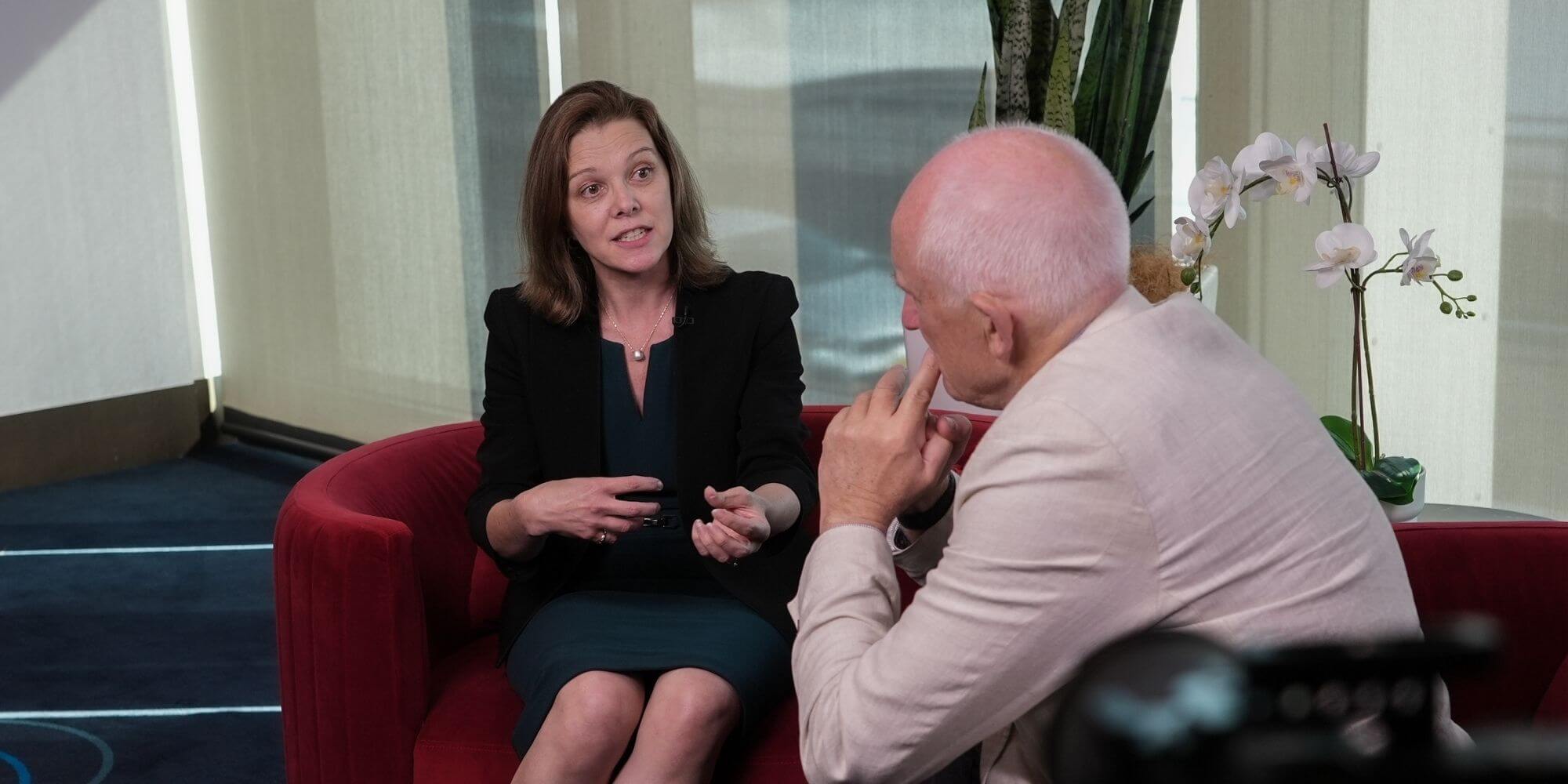
Jody Burton:
Well, at a broad level, our strategy is around three core things. There’s growth, some metrics around growth, transformation at heart, metrics around transformation, and our brand delivery excellence.”
The metrics change now and then, but broadly speaking, we have a couple of metrics, two or three metrics, that go to each of those.
We’ll have metrics that measure our growth, and that might be market share, market positioning, revenue numbers, et cetera. So, they’re very much the outputs.
Beneath that, businesses will have various inputs utilisation, et cetera the traditional ones to drive that, but then we have metrics around transformation. So now that is really where it’s interesting.
It’s what proportion of our services are being delivered that weren’t delivered two years ago.
For example, what’s the portfolio mix looking like around the nature of that revenue, and how transformative are we in delivering new products and services and measuring how we’re disrupting ourselves?
Because despite the success, we’ve had double-digit growth for the last five years. That’s probably the ideal time to be disrupting yourself. We measure our disruption through the transformation piece and then obviously deliver excellence quality is important.
Service excellence is core to our brand and being able to then circle back through the growth. The amount of digital and data transformation that we have at the centre enables the level of growth that you have.”
Then once you have that growth, you can continue to self-invest and invest back into the transformation. So, you need to have that cycle going. That’s the heart of what we’re doing.
Peter Hind:
It’s a dynamic business. So, you’ve got to constantly evolve, and you got to use the insights to help you get better.





















